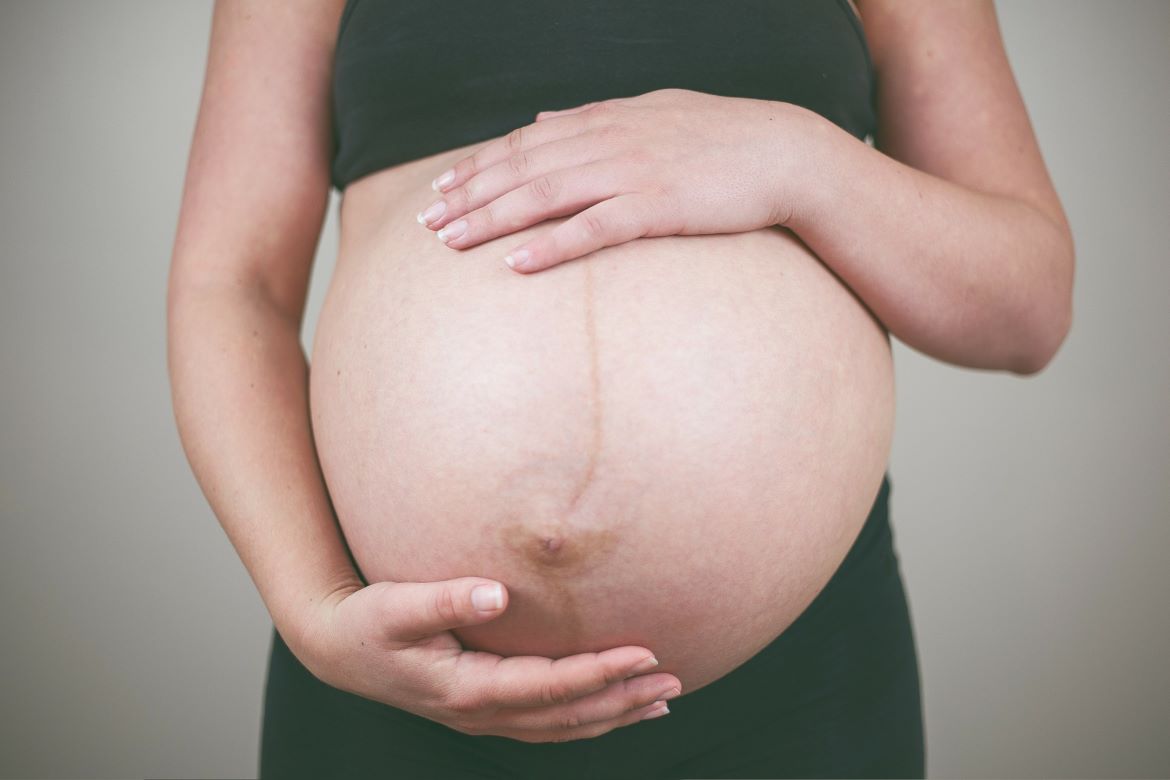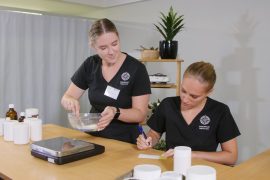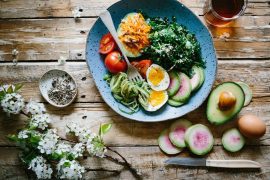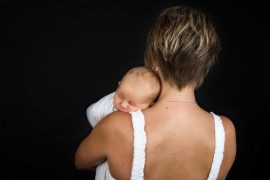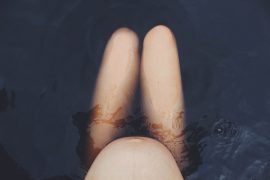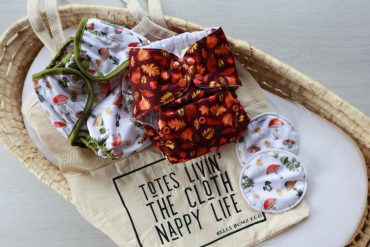By Claire Eccleston, Midwife, Spinning Babies ® approved trainer, Biodynamic Craniosacral Therapist. © 2020.
This is the second article in a series of 12 articles exploring our juicy pelvic anatomy in relation to pregnancy and birth. The articles will explore each part of the anatomy individually, however all of the ligaments, muscles, bones, fascia and organs dance together. It is often the harmony of this anatomical dance that can support our comfort in pregnancy and ease in birth. As a midwife, an approved Spinning Babies ® trainer and Biodynamic Craniosacral Therapist, I share my understanding of anatomy based on my experiences. The article will cover the anatomy of the beautiful broad ligament and its relationship to the surrounding organs and also explore ways to support it to be comfortable.
The womb or Whare Tangata is very mobile. It moves when our bladder is full, it grows and changes with pregnancy and then shrinks back down after birth. Our wombs move and change position with our menstrual cycles and also with love-making. The womb is tethered to the surrounding organs and bones by ligaments and fascia. Just like a hot air balloon tethered to the ground, the tensegrity (balance and tension) of the bones, ligaments and fascia affect the position of the womb, how it is able to contract and the available space for the baby. In pregnancy and during the birth process, Spinning Babies ® offers the paradigm ‘where there is room in the womb, the baby will follow’.
The balance of the womb can have an impact on the position the baby chooses to sit in during pregnancy and also for the birth process.
During birth, the baby actively gets itself born. The baby negotiates getting out of its mother’s pelvis by spiraling down (they don’t just fall down a straight shoot). Babies spiral down just like water spirals down the sink. They need to do this to fit through the different diameters of the mother’s bony pelvis. The ligaments can affect the dimensions of the bony pelvis and the angles of the bony pelvis can affect the shapes, tension and pulls of the ligaments – all of which can affect the balance of the womb. The Spinning Babies® perspective considers how we often only think of the bony pelvis in terms of the space that baby has to be born, but it’s actually the soft tissues, ligaments, fascia and muscles that determine the position of the baby. It is the bony pelvis that determines whether or not the baby’s position matters for birthing.
To help orientate ourselves, we will explore the round ligaments from the previous article. The round ligaments come attached into the top third of the front of the uterus and travel down into the labia. The round ligaments help stabilise the uterus at the front side of our bodies.
The round ligaments are like two big strong stretchy bands. The broad ligament is like its name. It’s broad and like a wonderful stretchy bag that encompasses the whole womb. In Vanuatu, the women call their wombs ‘basket blong baby,’ the basket that belongs to the baby. The broad ligament is like a ‘basket blong womb,’ or even more accurately, ‘thin bag blong womb’.
The broad ligament is thin and large. It is a double peritoneum fold wrapped around the womb. The broad ligament attaches to the sacrum. As the uterus grows, the broad ligament thins at the front and gets thicker at the back. While the round ligaments stabilise the womb from the front, the broad ligament stabilises the womb from the back. The round ligaments are folded and encapsulated within the broad ligament (so are the fallopian tubes, ovarian ligaments, ovaries and ovarian blood vessels).
Put simply, the broad ligament is a peritoneal fold that wraps around the womb, fallopian tubes, ovaries, ovarian ligaments and ovarian blood vessels. It holds all of this in place and stabilises it within the pelvis.
If someone has pain from their ovaries or issues with infertility, supportive bodywork like craniosacral therapy, osteopathy, acupuncture, shiatsu and moxibustion, or support from a Spinning Babies ® aware practitioner, may offer some benefits. This is because the broad ligaments have such an important role in not only stabilising the fallopian tubes and ovaries, but as the broad ligament supports the ovarian veins and arteries, the blood supply to the ovaries can be affected by the tension and motions of the broad ligament. We know that when the tissues, organs and bones in our bodies have a good blood supply, the tissues are well oxygenated and well nourished. If you have any concerns around your broad ligaments in fertility or pregnancy, please refer to your trusted health care provider.
You can imagine if the broad ligament is pulled on one side how it could twist or pull the round ligaments, the ovarian ligaments and also the womb. As the womb grows, the broad ligament can pull from its source of attachment at the sacrum. During pregnancy, if the broad ligament is tight, it may feel painful when the baby kicks. The broad ligament holds a lot of the weight of the growing baby. As previously mentioned, twists and pulls in the broad ligament may create twists and pulls in the round ligaments. This in turn can create twists and pulls in the womb, thus affecting the available space for baby to sit comfortably in pregnancy and to be able to rotate and descend though the pelvis smoothly in labour.
It’s important to remember however, that all of us have bodies that are asymmetrical and that cope with and accommodate for many imbalances every day. Our bodies are magnificently intelligent and beautifully designed. Our bodies are in constant movement and rhythm; our bodies constantly soften and stabilise. Our bodies are malleable. They adjust and wriggle to optimise their function. During birth, the baby, the birthgiver’s body and the birth process itself are brimming with intelligence, rhythm, malleability and an intention for the easiest path (even if it doesn’t always feel or unfold like the easiest path).

